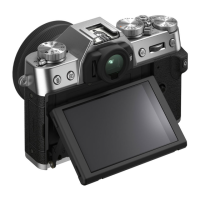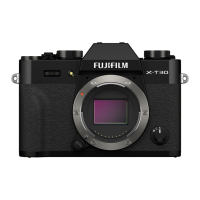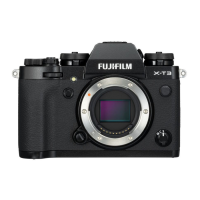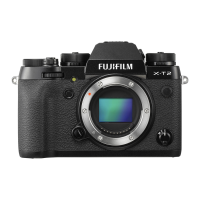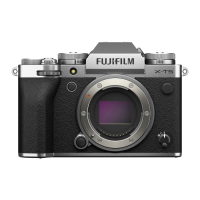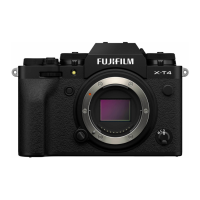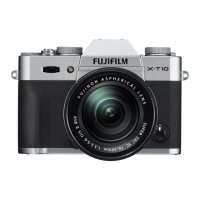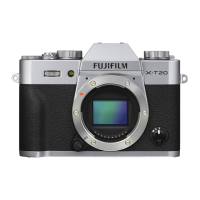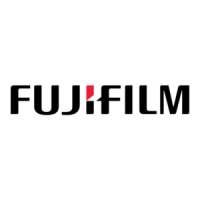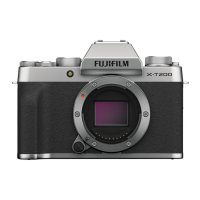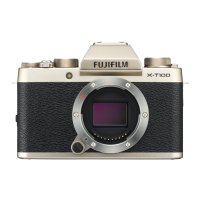Why my FujiFilm Digital Camera does not turn on?
- BBenjamin HillAug 20, 2025
If your FujiFilm Digital Camera doesn't turn on, the most common reasons are a depleted battery, incorrect battery insertion, or an unlatched battery-chamber cover. Try charging the battery or inserting a fully-charged spare. Ensure the battery is correctly oriented in the chamber. Finally, make sure the battery-chamber cover is securely latched.
